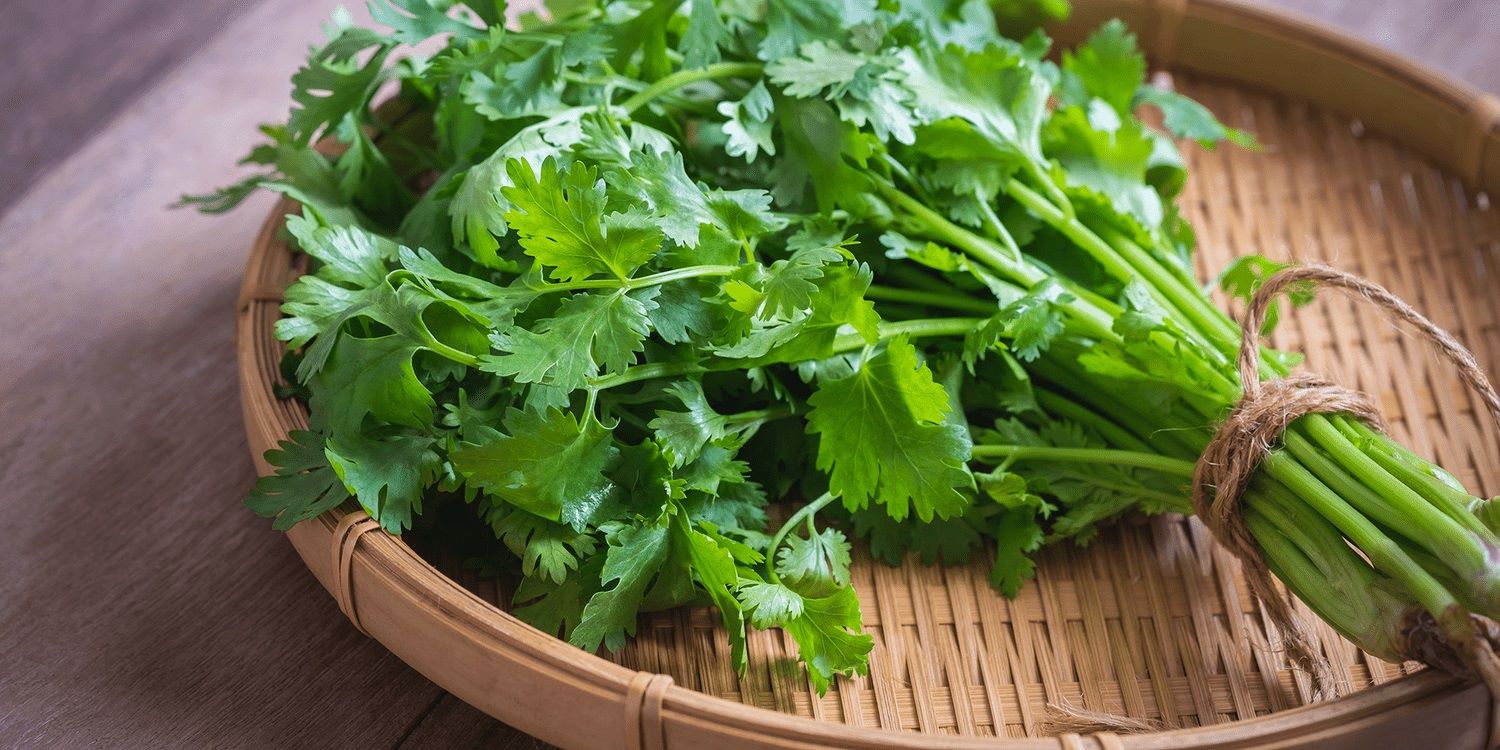

Articles
How To Store Cilantro
Modified: August 17, 2024
Learn how to store cilantro with these helpful articles. Keep your cilantro fresh and flavorful with these easy storage tips.
(Many of the links in this article redirect to a specific reviewed product. Your purchase of these products through affiliate links helps to generate commission for Storables.com, at no extra cost. Learn more)
Introduction
Welcome to the wonderful world of cilantro! This vibrant herb with its distinctive aroma and bright flavor is a staple in many cuisines around the world. Whether you’re using it in salsa, curries, salads, or garnishing your favorite dishes, cilantro adds a delightful freshness to any recipe.
However, cilantro can be a bit finicky when it comes to storage. If not stored properly, it can quickly lose its freshness, crispness, and flavor, leaving your dishes lacking that special touch. That’s why it’s important to know how to store cilantro correctly so that you can enjoy its vibrant flavors for longer.
In this article, we will explore the various methods for storing cilantro to extend its shelf life. From choosing the freshest bunch to properly washing and storing the herb, we’ve got you covered. So, let’s dive in and learn how to store cilantro like a pro!
Key Takeaways:
- Proper storage of cilantro is crucial for preserving its flavor, freshness, and vibrant green color. Choose the freshest bunch, wash it thoroughly, and store it in the refrigerator, freezer, or by drying to enjoy its essence for longer.
- Extend the shelf life of cilantro by following simple tips such as removing excess moisture, avoiding overcrowding, and periodically checking for wilted leaves. Whether refrigerating, freezing, or drying, proper storage ensures you can savor the vibrant flavors of cilantro in your culinary creations.
Read more: How To Store Cilantro Leaves
Why Proper Storage Matters
Proper storage of cilantro is essential for maintaining its freshness, flavor, and vibrant green color. Here are a few reasons why you should pay attention to how you store this flavorful herb:
- Preserve Flavor: Cilantro’s flavor comes from its essential oils, which are volatile and can easily dissipate if not stored correctly. By storing cilantro properly, you can preserve its distinctively fresh and citrusy flavor.
- Extend Shelf Life: Cilantro tends to wilt and spoil quickly if not stored properly. Proper storage techniques can prolong its shelf life, allowing you to use it in your culinary creations for a longer period.
- Cost Savings: When you store cilantro properly and extend its freshness, you reduce the chances of waste. This can lead to cost savings, as you won’t need to throw away cilantro that has gone bad before you had a chance to use it.
- Enjoy Freshness: The vibrant green color and fresh aroma of cilantro are a feast for the senses. By storing it correctly, you can ensure that each time you reach for cilantro in your kitchen, it is as fresh as possible, enhancing the overall sensory experience.
Now that we understand the importance of proper storage, let’s move on to the next step: choosing the freshest bunch of cilantro.
Choosing Fresh Cilantro
When it comes to storing cilantro, starting with a fresh bunch is crucial. Here are some tips to help you choose the freshest cilantro:
- Look for vibrant leaves: Fresh cilantro leaves should be bright green in color, indicating their freshness. Avoid bunches with any yellow or wilted leaves, as they are likely past their prime.
- Check for firm stems: The stems of cilantro should be firm and not limp or bend easily. A sturdy stem is a sign of freshness and indicates that the cilantro has been well-hydrated.
- Inspect the roots: If you have the opportunity to buy cilantro with the roots still attached, check their appearance. Fresh roots should be white or light tan, not slimy or discolored.
- Smell the aroma: Give the cilantro a gentle sniff. Fresh cilantro should have a strong, pleasant aroma, with hints of citrus and herbs. If the smell is faint or unpleasant, it may be a sign of less freshness.
Remember, freshness is key when it comes to storing cilantro. By choosing the freshest bunch, you’re setting yourself up for success in keeping it deliciously fresh for longer. Now that you know how to choose fresh cilantro, let’s move on to the next step: washing the herb properly.
Washing Cilantro
Before storing cilantro, it’s important to wash it thoroughly to remove any dirt, debris, or pesticides. Here’s how to properly wash cilantro:
- Separate the bunch: Start by separating the cilantro into smaller sprigs. This will make it easier to wash each stem and leaf individually.
- Rinse under cold water: Hold the cilantro sprigs under cold running water, gently rubbing them with your fingers. This will help remove any loose dirt or debris.
- Inspect for insects: Check the cilantro leaves and stems for any insects. If you spot any, remove them and discard the affected parts.
- Soak in a bowl of water: Fill a bowl with water and place the cilantro sprigs in it. Swirl them around gently to dislodge any stubborn dirt or residue.
- Repeat if necessary: If the water appears dirty after the first soak, empty the bowl, refill it with clean water, and repeat the process until the water remains clear.
Once you’ve thoroughly washed the cilantro, gently shake off any excess water or pat it dry with a clean paper towel. Now that your cilantro is clean and ready, let’s move on to exploring the different methods for storing it.
Methods for Storing Fresh Cilantro
Now that you have chosen and washed your fresh cilantro, it’s time to store it properly to maintain its flavor and freshness. Here are three common methods for storing fresh cilantro:
- Method 1: Refrigerator Storage: The refrigerator is an ideal place to store cilantro as it helps to maintain its freshness. After washing and drying the cilantro, trim the stems and place the bunch in a glass or jar with about an inch of water. Cover the cilantro loosely with a plastic bag and store it in the refrigerator. Change the water every few days to keep it fresh.
- Method 2: Freezing Cilantro: Freezing cilantro is a great option if you want to preserve it for a longer period. Start by washing and drying the cilantro thoroughly. Chop the leaves and store them in an airtight container or freeze them in ice cube trays with a little water or oil. Frozen cilantro can be added directly to your dishes while cooking.
- Method 3: Drying Cilantro: Drying cilantro is a traditional method of preserving herbs. After washing and drying the cilantro, tie the stems together with a string and hang them upside down in a well-ventilated area. Alternatively, you can use a food dehydrator or set your oven to its lowest temperature to dry the cilantro. Once completely dried, store the leaves in an airtight container in a cool, dark place.
Each method has its advantages, so choose the one that best suits your needs and preferences. Whether refrigerating, freezing, or drying, properly storing cilantro will help extend its shelf life and retain its flavors for future culinary adventures.
Now that we have explored the methods for storing fresh cilantro, let’s move on to some tips for extending its shelf life even further.
Store cilantro by placing the stems in a glass of water, covering the leaves with a plastic bag, and securing it with a rubber band. Keep it in the refrigerator and change the water every few days. This will help keep the cilantro fresh for longer.
Read more: How To Store Cilantro In Fridge
Method 1: Refrigerator Storage
Refrigerator storage is a popular method for keeping cilantro fresh and vibrant for an extended period. Here’s how to store cilantro in the refrigerator:
- Prepare the cilantro: After washing and drying the cilantro, trim the stems to the desired length. Removing any excess leaves near the base of the stems will prevent them from sitting in water and getting soggy.
- Place in a glass or jar: Take a glass or jar and fill it with about an inch of water. This water will provide hydration to the cilantro and help maintain its freshness.
- Arrange the cilantro: Place the trimmed cilantro stems into the glass or jar, ensuring that the ends are submerged in the water. If you have a large bunch of cilantro, you can separate it into multiple glass jars or containers.
- Loosely cover with a plastic bag: To create a mini greenhouse effect, loosely cover the cilantro with a plastic bag. This will help retain moisture and create a humid environment, which is ideal for cilantro storage.
- Store in the refrigerator: Place the glass or jar with the covered cilantro in the refrigerator. The cilantro will stay fresh for about a week using this method.
- Change the water: Every few days, change the water in the jar to prevent it from becoming stagnant. Fresh water will help keep the cilantro hydrated and maintain its crispness.
This method allows the cilantro to continue absorbing water and stay fresh for a longer time compared to storing it dry. Plus, having the cilantro in water also adds a decorative touch to your refrigerator.
Now that you know how to store cilantro in the refrigerator, let’s move on to explore another method – freezing cilantro.
Method 2: Freezing Cilantro
Freezing cilantro is an excellent way to preserve its flavor and aroma for an extended period. Here’s how to freeze cilantro:
- Prepare the cilantro: Start by washing and drying the cilantro thoroughly. Make sure to remove any excess moisture to prevent ice crystals from forming.
- Chop the cilantro: Separate the cilantro leaves from the stems and finely chop them. This will make it easier to portion and use the cilantro later on.
- Choose a freezing method: There are two common freezing methods for cilantro: freezing the leaves in an airtight container or freezing them in ice cube trays with a little water or oil.
- Option 1: Freezing in an airtight container: Place the finely chopped cilantro leaves in a freezer-safe container. Make sure to pack them tightly, pressing out any air. Seal the container tightly to prevent freezer burn.
- Option 2: Freezing in ice cube trays: Fill each compartment of an ice cube tray with the chopped cilantro leaves. Add a little water or oil to each compartment to cover the leaves. Freeze the trays until the cilantro cubes are solid, then transfer them to a freezer-safe bag or container for long-term storage.
- Label and date: Whichever freezing method you choose, don’t forget to label the container or bag with the date. This will help you keep track of how long the cilantro has been frozen.
Frozen cilantro can be a convenient addition to soups, stews, sauces, and marinades. It won’t retain its crispness after thawing, but the flavors will still be present, allowing you to enjoy the essence of fresh cilantro in your dishes throughout the year.
Now that you know how to freeze cilantro, let’s explore the final method – drying cilantro.
Method 3: Drying Cilantro
Drying cilantro is a traditional method of preserving herbs, allowing you to enjoy the flavors of cilantro even when it’s not in season. Here’s how to dry cilantro:
- Prepare the cilantro: Wash the cilantro thoroughly and pat dry with a clean towel. Remove any excess moisture to ensure efficient drying.
- Tie the stems: Group a few stems of cilantro together and tie them at the base with a string or rubber band. This will make it easier to hang and dry the cilantro.
- Hanging method: Hang the cilantro stems upside down in a well-ventilated area. Make sure to place a tray or newspaper beneath to catch any fallen leaves. This method allows the cilantro to air dry gradually.
- Food dehydrator: If you have a food dehydrator, you can also use it to dry cilantro. Simply spread the cilantro leaves on the dehydrator trays in a single layer and set the machine to a low temperature (around 95°F or 35°C) for a few hours until the leaves are completely dried.
- Oven method: If you don’t have a food dehydrator, you can use your oven to dry the cilantro. Preheat the oven to its lowest temperature (ideally around 150°F or 65°C). Spread the cilantro leaves on a baking sheet lined with parchment paper and place it in the oven. Keep the oven door slightly ajar to allow moisture to escape. Check the leaves periodically until they are dry and crumbly, which may take a few hours.
- Store dried cilantro: Once the cilantro leaves are completely dried, remove them from the stems and store them in an airtight container. Keep the container in a cool, dark place to maintain the dried cilantro’s flavor and potency.
Dried cilantro leaves can be crushed or crumbled to add a burst of flavor to your dishes. They are particularly great for use in soups, stews, marinades, and rubs. However, keep in mind that the dried cilantro won’t have the same vibrant flavor as fresh cilantro, but it still adds a hint of its unique taste to your culinary creations.
Now that you know how to dry cilantro, let’s move on to some tips for extending the shelf life of cilantro regardless of the storage method you choose.
Tips for Extending Cilantro’s Shelf Life
To maximize the shelf life of cilantro and keep it fresh and flavorful, consider the following tips:
- Remove excess moisture: After washing cilantro, make sure to dry it thoroughly using a clean kitchen towel or paper towels. Excess moisture can lead to wilting and spoilage.
- Store with damp paper towel: Place a damp paper towel or kitchen towel in the storage container with cilantro to maintain some moisture without making it too wet.
- Avoid overcrowding: When storing cilantro in the refrigerator or freezer, make sure not to overcrowd the container. Leave some space for air circulation to prevent condensation and maintain freshness.
- Check and remove wilted leaves: Periodically check your stored cilantro for any wilted or yellow leaves. Removing them promptly will help maintain the freshness of the remaining cilantro.
- Trim the stems when storing in water: If you choose to store cilantro in water, trim the stems every few days to keep them fresh and encourage water absorption.
- Label and date frozen cilantro: If you freeze cilantro, mark the container or bag with the date to keep track of its freshness. Use the oldest cilantro first to prevent waste.
- Properly label dried cilantro: When storing dried cilantro, label the container with the date of drying. While dried cilantro has a longer shelf life, it’s best used within a year for optimal flavor.
- Experiment with herb containers: Consider using herb-specific storage containers that provide proper air circulation and moisture control. These containers can help extend the cilantro’s shelf life compared to regular plastic bags or containers.
- Plan ahead: To minimize waste, try to plan your meals and recipes in advance, incorporating fresh cilantro into your cooking within the first few days of purchase.
By following these tips, you can prolong the shelf life of cilantro and keep it fresh, allowing you to enjoy its vibrant flavors in your culinary creations for a longer time.
Now that you’re equipped with the knowledge of how to extend the shelf life of cilantro, it’s time to get creative and incorporate this versatile herb into your favorite dishes!
Read more: How To Store Chopped Cilantro
Conclusion
Cilantro is a delightful herb that adds freshness and flavor to countless dishes. Knowing how to store cilantro properly is essential for maintaining its vibrant green color, fragrant aroma, and distinctively citrusy taste. Whether you choose to refrigerate, freeze, or dry cilantro, each method has its advantages in extending its shelf life and preserving its essence.
When choosing cilantro, opt for bunches with vibrant green leaves, firm stems, and fresh roots if possible. Thoroughly washing and drying the cilantro will remove any dirt or debris, ensuring its cleanliness and quality.
Refrigerator storage is a popular method for keeping cilantro fresh for up to a week. Placing the cilantro in a glass or jar with water and covering it loosely with a plastic bag creates a mini greenhouse effect, helping to maintain its moisture and crispness.
Freezing cilantro is a great option for long-term preservation. Whether you opt for freezing the leaves in an airtight container or in ice cube trays with a little water or oil, frozen cilantro can be easily added to your dishes straight from the freezer.
Drying cilantro is a traditional method that allows you to enjoy its flavors even when it’s not in season. Whether you air dry, use a food dehydrator, or use your oven, dried cilantro can be crumbled into your recipes for a burst of flavor.
Remember to follow the tips for extending cilantro’s shelf life, including removing excess moisture, avoiding overcrowding, and periodically checking and removing wilted leaves.
By storing cilantro properly, you can enjoy its vibrant flavors, bright green color, and fresh aroma for an extended period, enhancing the taste of your favorite dishes. So, next time you come across a bunch of cilantro, you’ll be equipped with the knowledge to store it like a pro and savor its culinary magic.
Now, go forth and explore the world of cilantro, adding its vibrant touch to your culinary adventures!
Frequently Asked Questions about How To Store Cilantro
Was this page helpful?
At Storables.com, we guarantee accurate and reliable information. Our content, validated by Expert Board Contributors, is crafted following stringent Editorial Policies. We're committed to providing you with well-researched, expert-backed insights for all your informational needs.
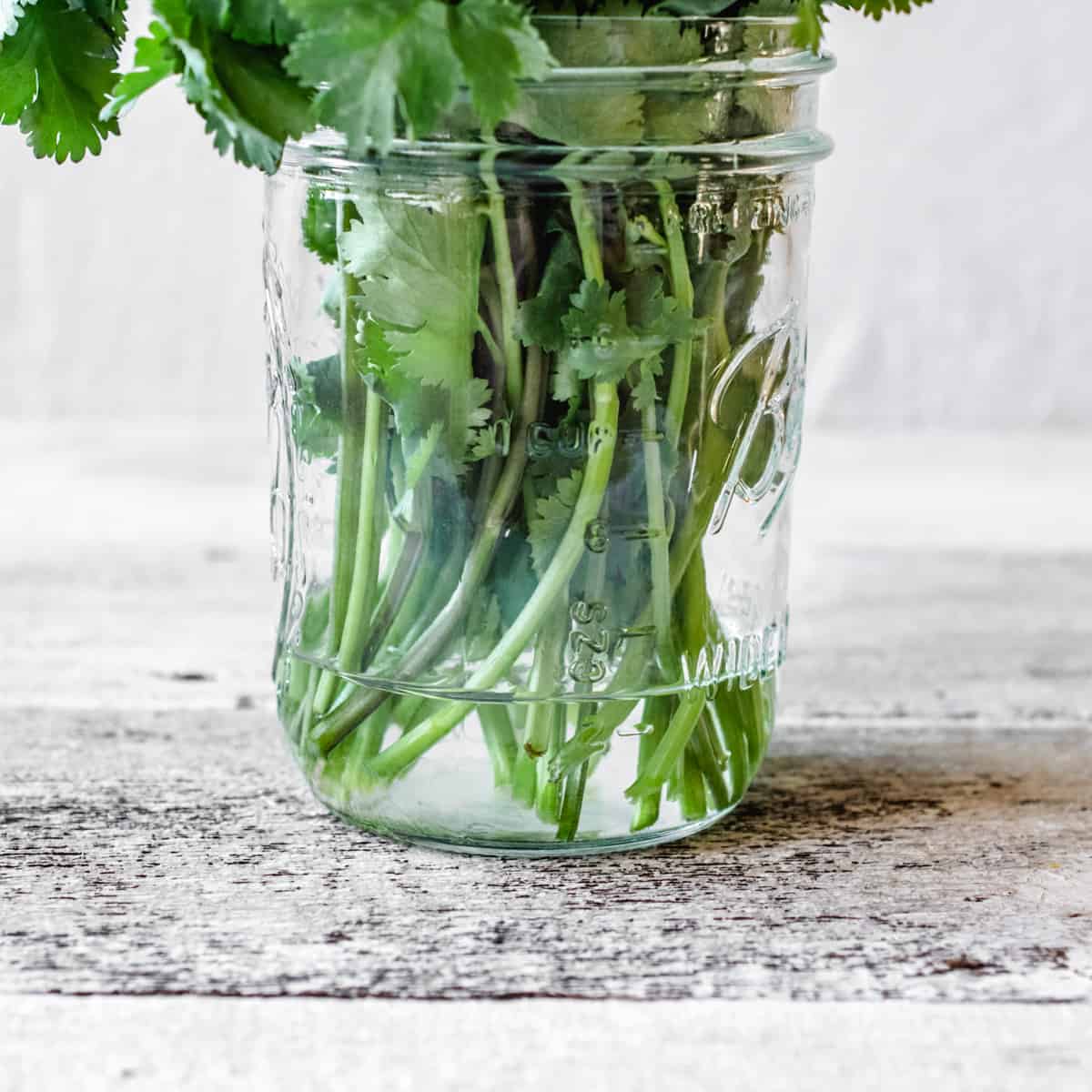
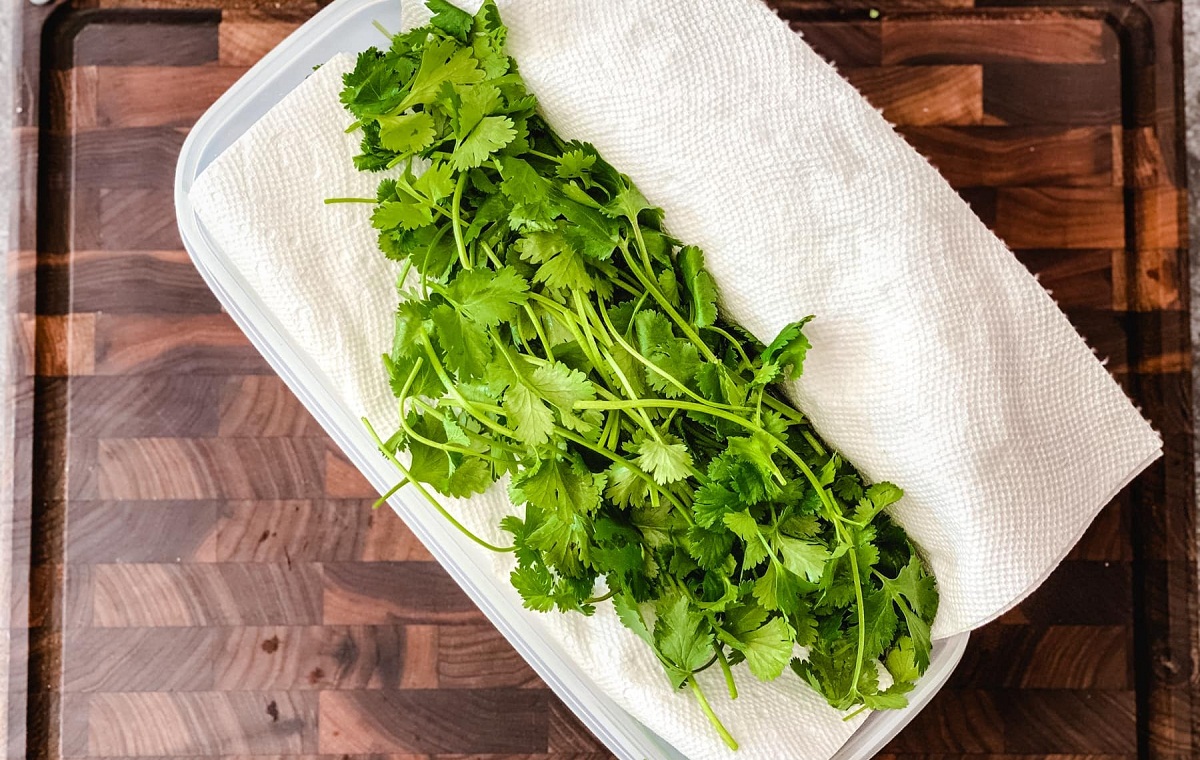
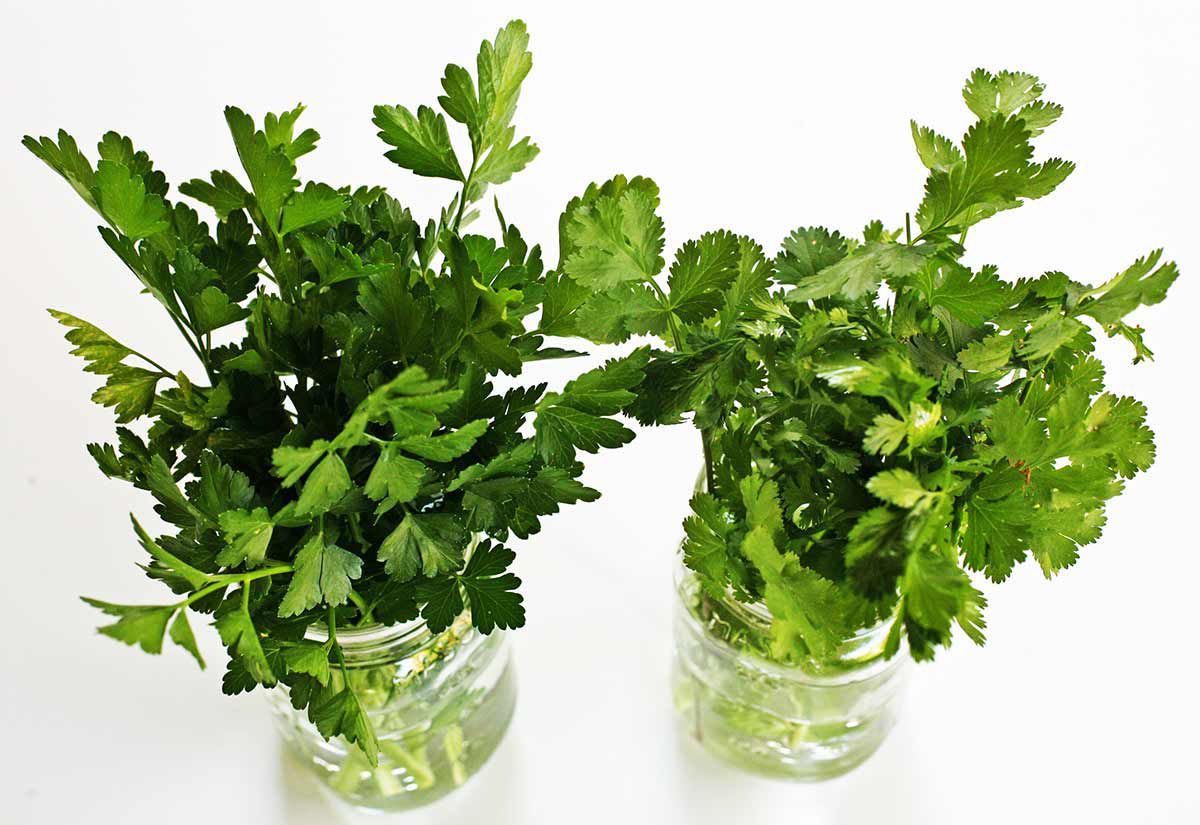

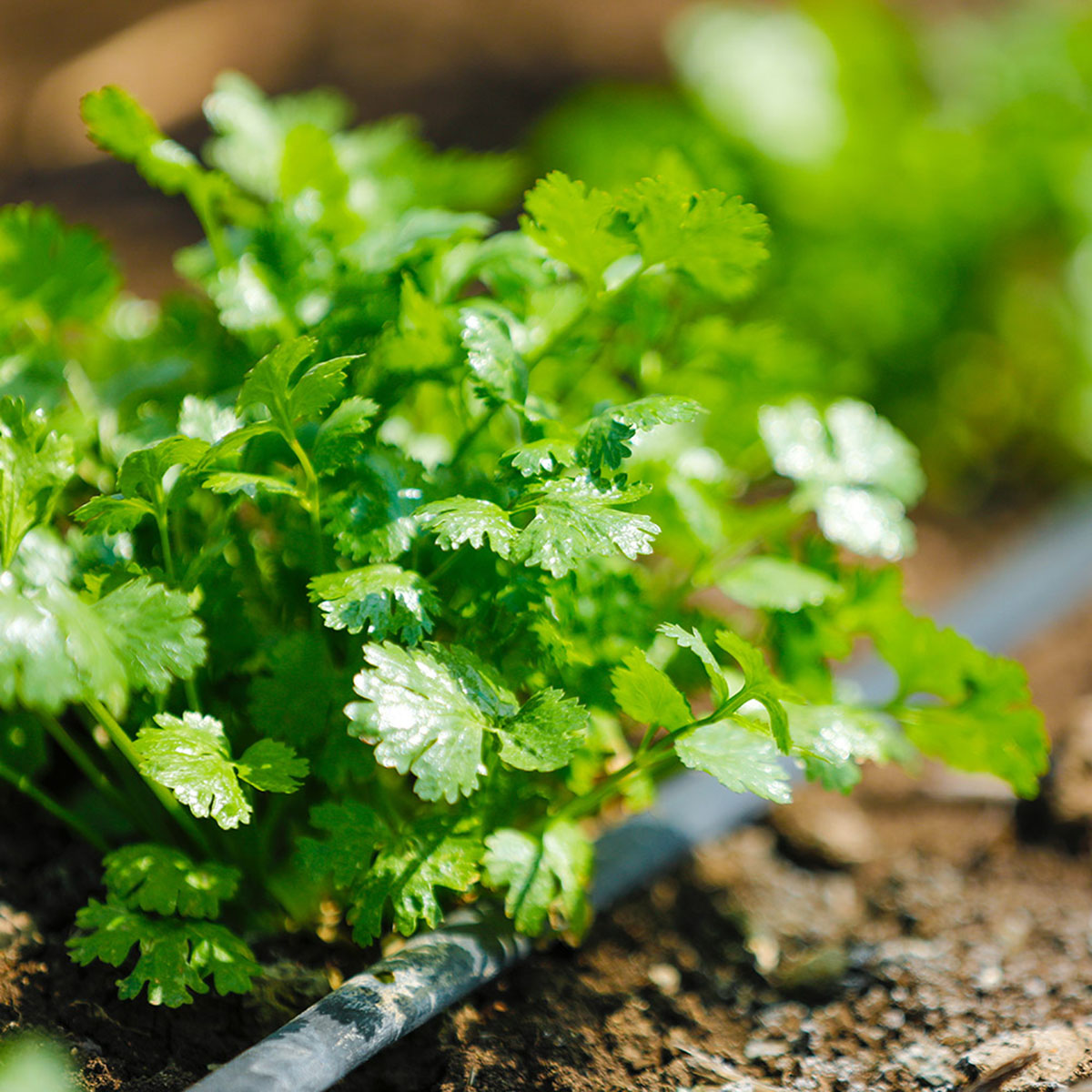
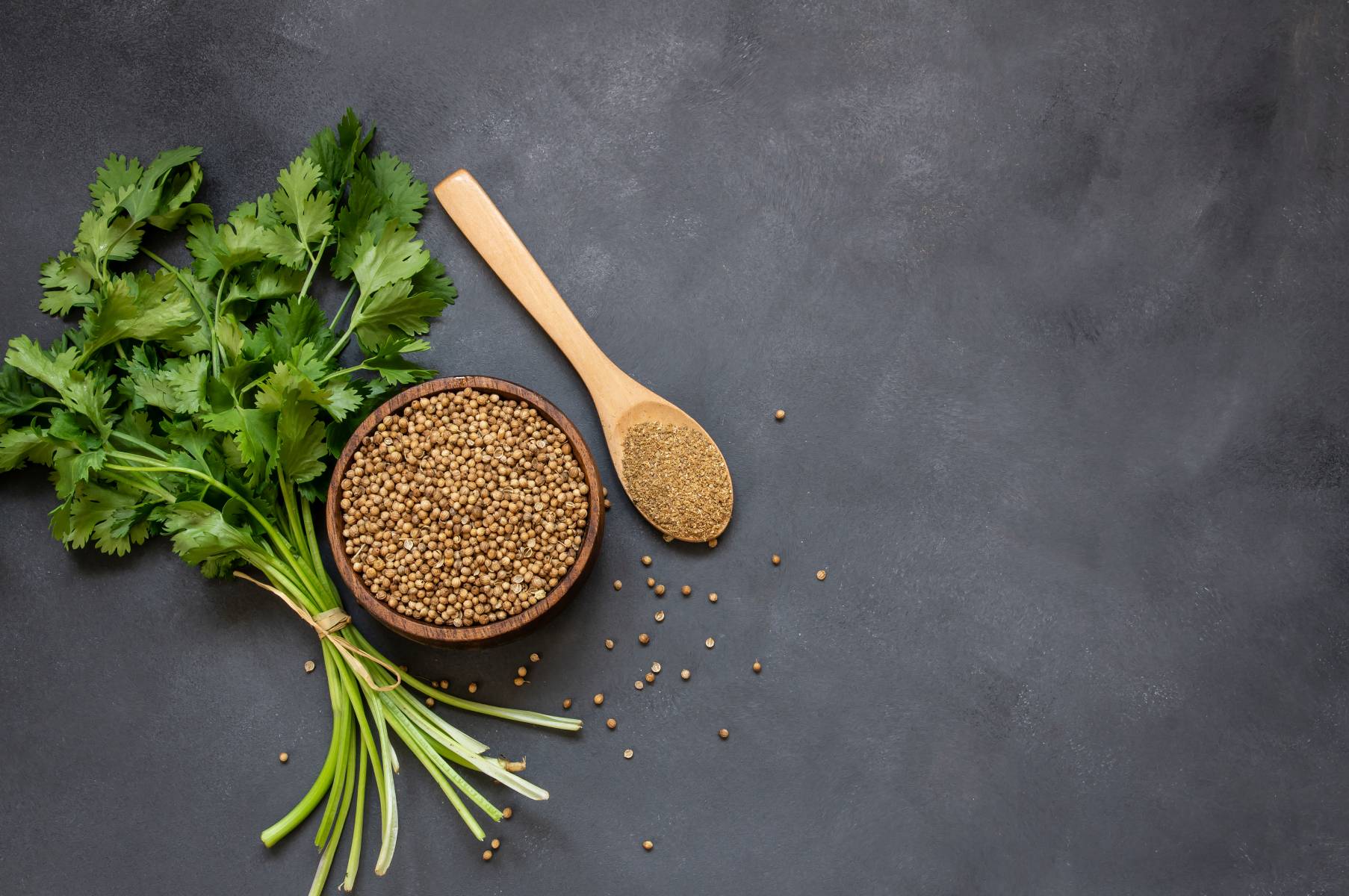
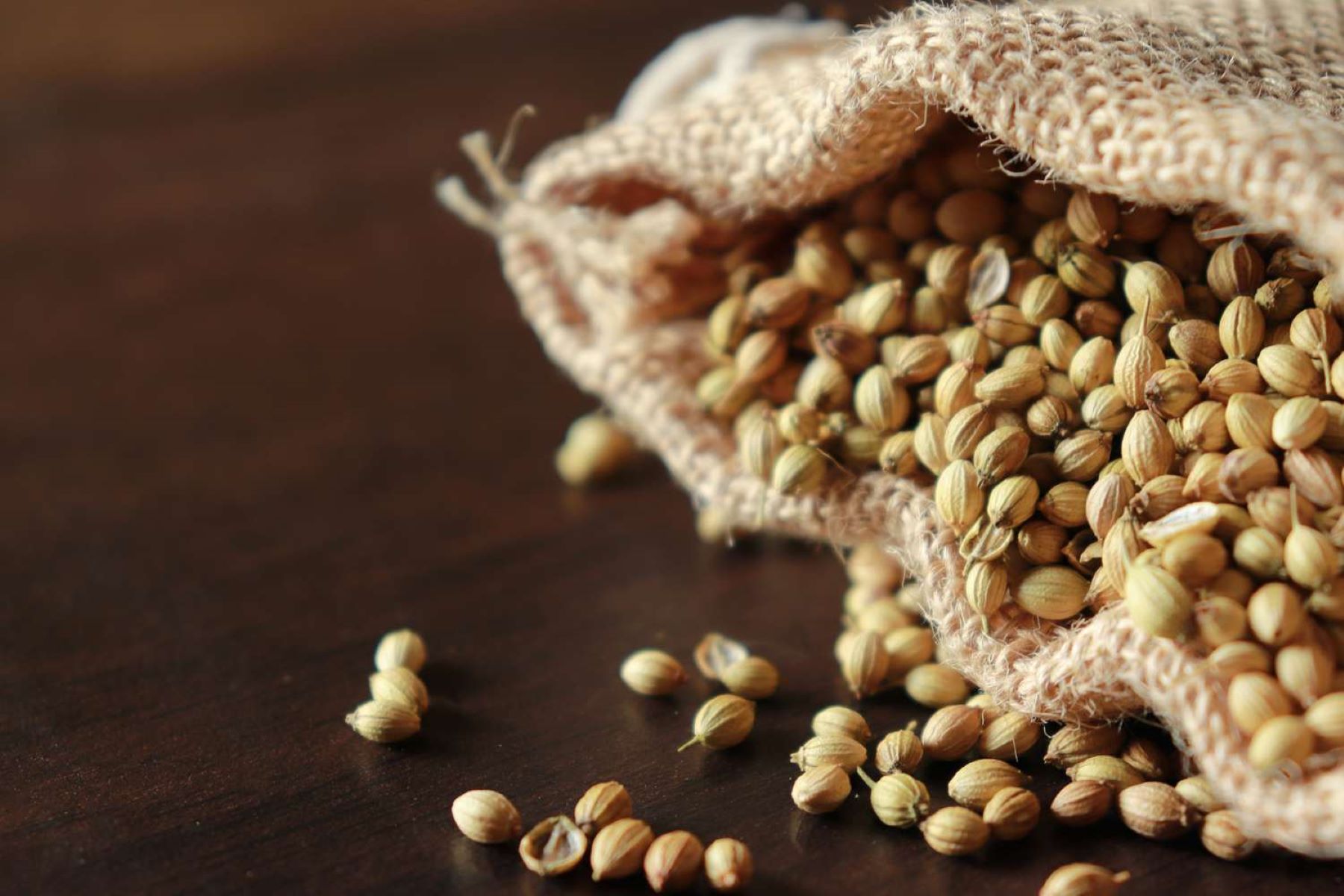
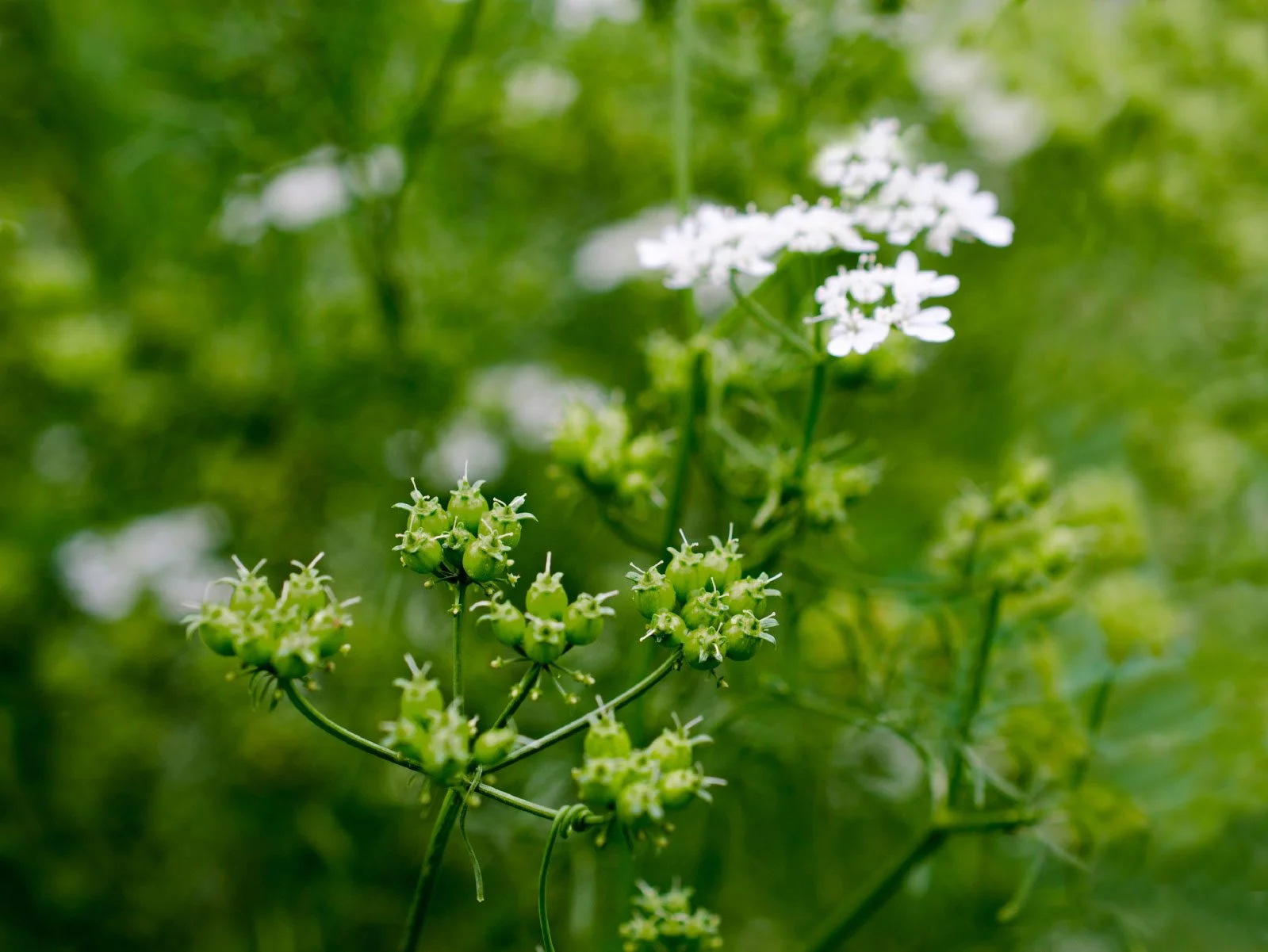
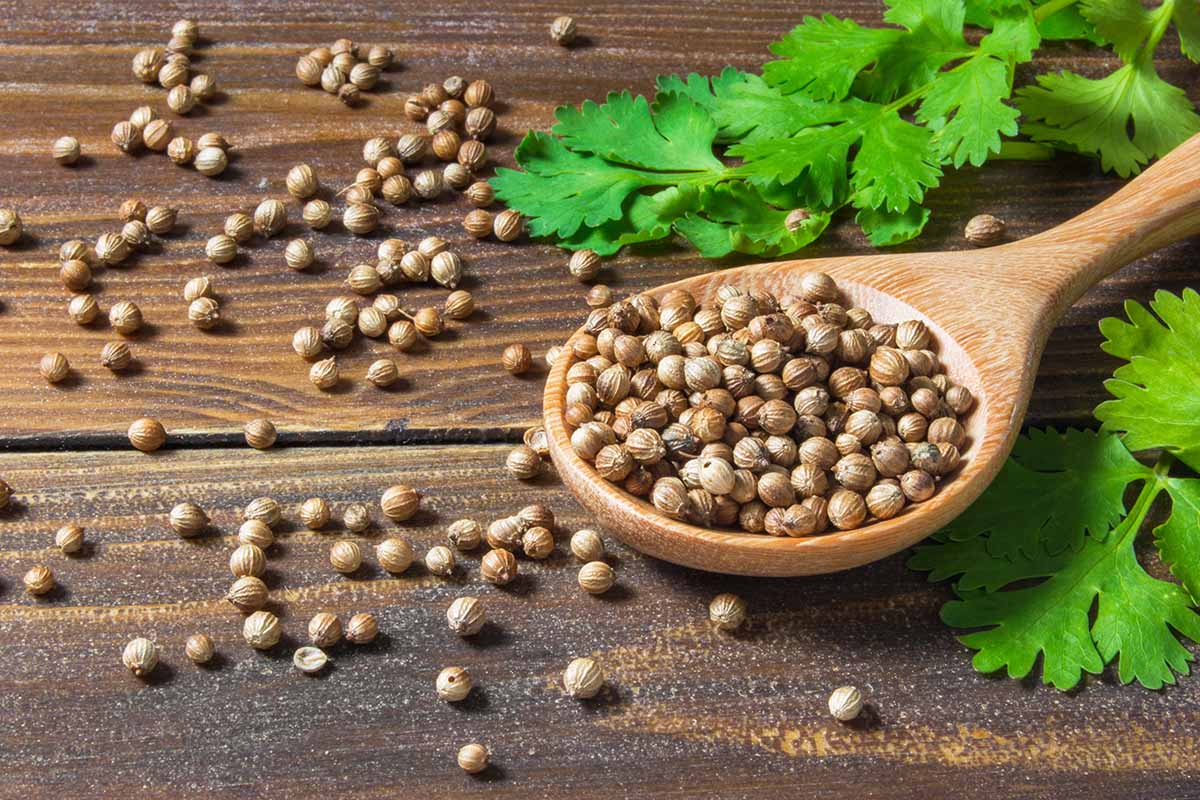
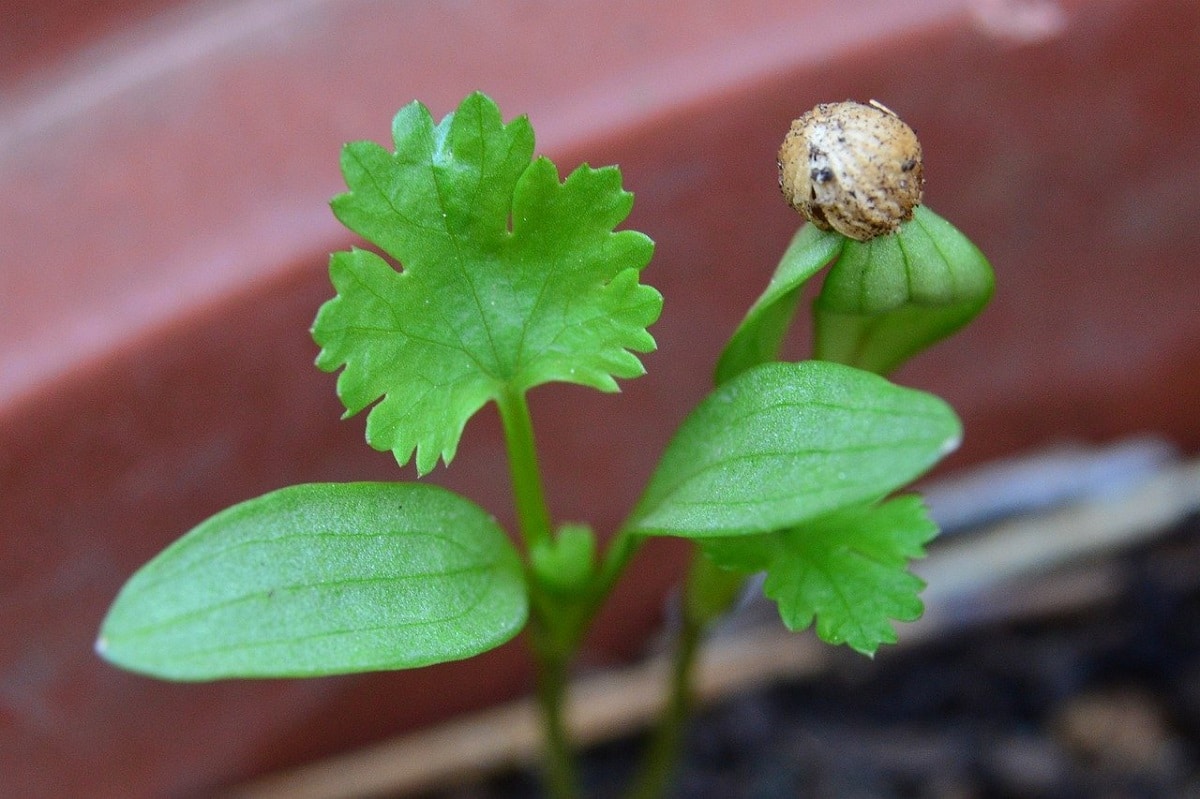
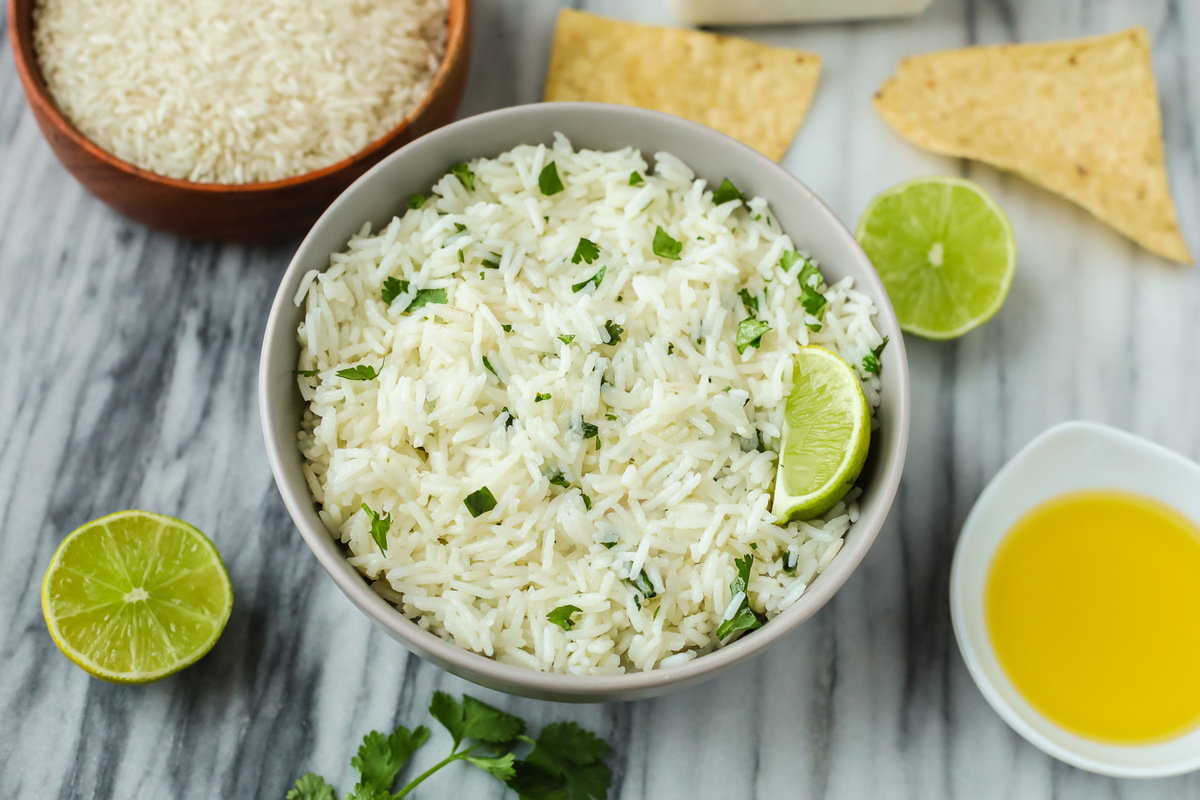
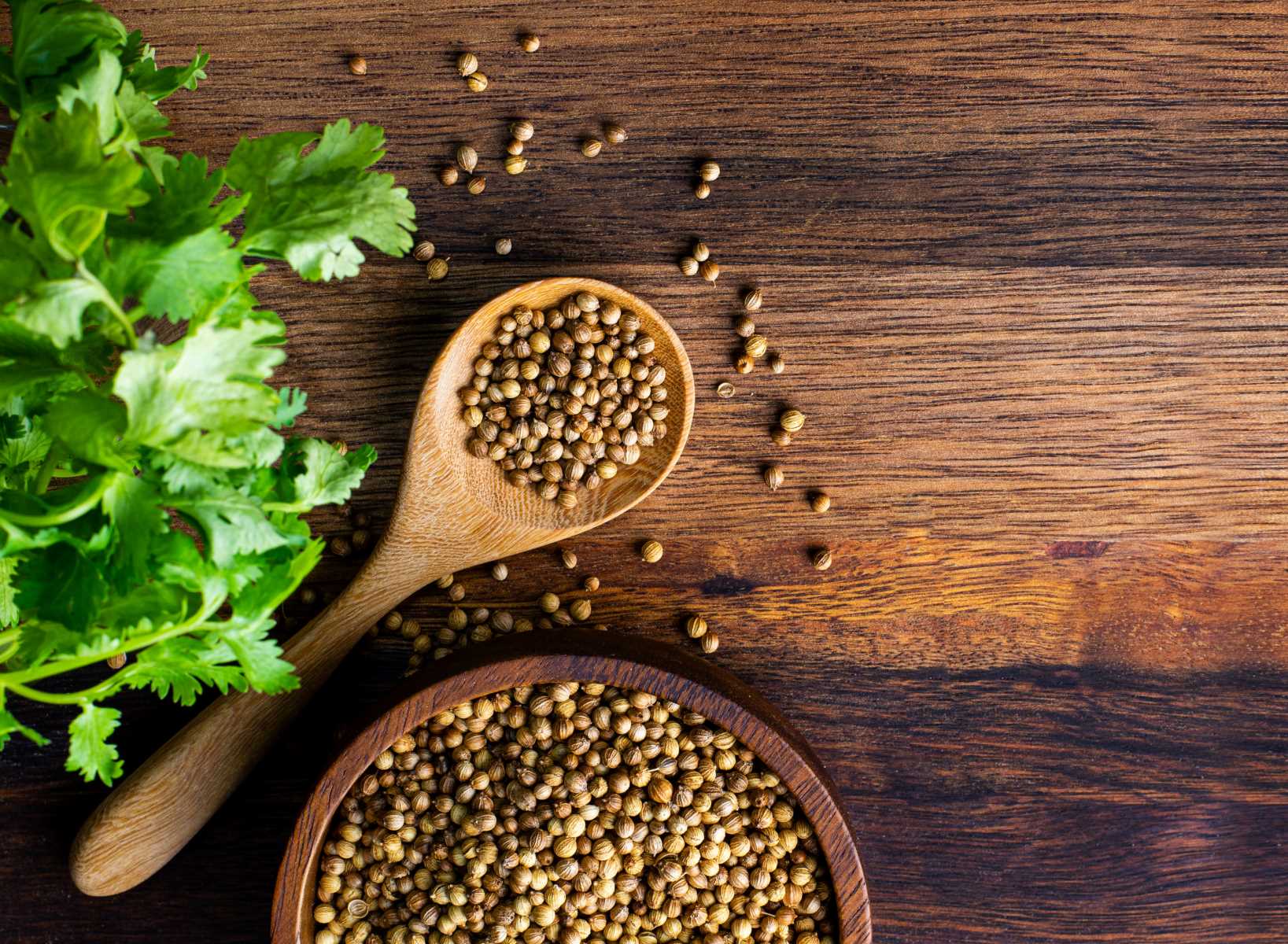


0 thoughts on “How To Store Cilantro”